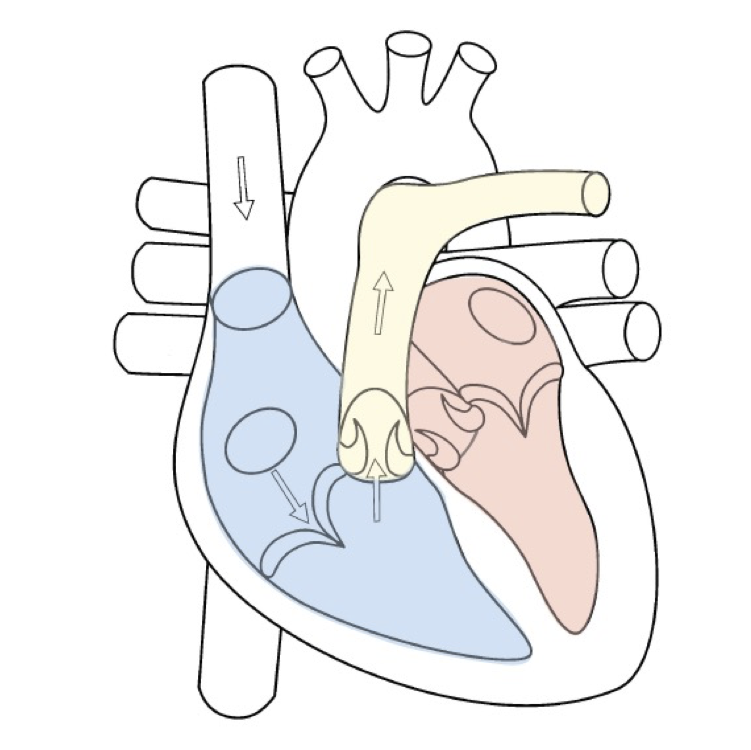Data-driven modeling to improve pulmonary hypertension risk stratification
Team: Lavender
- Program: Biomedical Engineering
- Course: Precision Care Medicine
Project Description:
Pulmonary hypertension (PH) is characterized by a mean pulmonary arterial (PA) pressure greater than 20 mmHg. The inability of the right ventricle to adaptively remodel drives disease. Pressure-volume loop data is the gold standard for assessing RV remodeling and are far superior to conventional right heart catheterization, MRI, and ECHO measurements. However, this procedure is not routinely performed.
Our team aims to apply data driven modeling techniques to improve patient risk stratification, determine emergent metabolic phenotypes of these defined groups, and to develop a classifier that can map conventional measurements to the gold-standard PV-loop states.
Project Poster
Open full size poster in new tab (PDF)
Project Post Summary:
Pulmonary hypertension (PH) affects over 100 million individuals worldwide and remains a challenging problem to diagnose and treat. PH is hemodynamically characterized by a mean pulmonary arterial (PA) pressure greater than 20 mmHg. Elevated pulmonary pressures increase the load imposed on the right ventricle (RV), and if untreated, result in progressive right ventricle (RV) remodeling and dysfunction. Prior work has shown that this maladaptive RV remodeling drives clinical worsening and is the main determinant of PH prognosis. A critical driver of RV remodeling is metabolic dysfunction that disrupts intracellular processes, which transmit to structural changes of the RV. Therefore, the current literature suggests that the state of RV dysfunction drives PH prognosis and associated dysfunctional metabolic pathways may present therapeutic targets. Despite this knowledge, the current paradigm for diagnosing and treating PH still relies on disease association (e.g. whether the patient has left-sided heart disease, pulmonary-artery obstruction, etc.). In addition, current treatments rely on a “one size fits all” approach, in which therapies vasodilate the pulmonary vasculature to relieve pressure instead of intervening upon fundamental pathobiology. Moreover, the gold-standard for assessing RV remodeling is constructing pressure-volume loops, which is a procedure that is not accessible to most clinics in the US.
The purpose of this study is to employ a data-driven approach that integrates clinically obtainable pathobiological data to assess RV dysfunction and improve patient stratification for treatment. We performed unsupervised clustering of conventionally measured data in a cohort of 1193 PH patients, including data obtained by standard right heart catheterization (RHC), echocardiography (ECHO), and magnetic resonance imaging (MRI). We show that these data-driven groupings of patients have distinct survival outcomes and underlying differences in RV state. Moreover, we identify distinct metabolic signatures for each of these patient groups and propose potential therapeutic targets for PH that are based on RV dysfunction. Finally, we integrate these data to develop a classifier that can predict PV-loop state using conventional clinic measurements.



